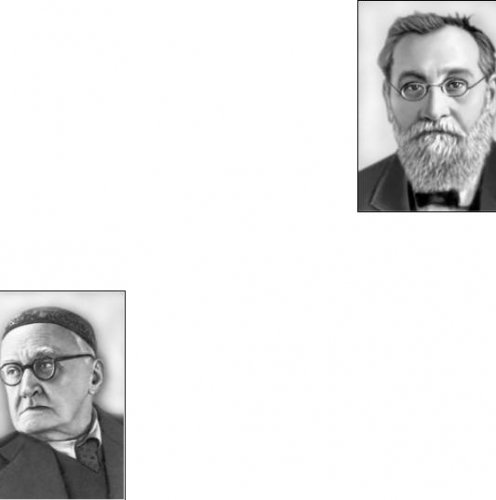Fissiological Period Of Microbiology

The history of microbiology development can be divided into five stages: euristic, morphological, physiological, immunological and molecular genetic.
The Euristic period (IV.III millennium to N.E. - - XVI N.E.) relates to logical methods of finding the truth, i.e., euristic, than any experiment or evidence. The thinkers of that time (Hippocrat, Roman writer Varron et al.) suggested the nature of contagious diseases, myazmas, small invisible animals. These assumptions were made in a hypothesis after many centuries by D. Fracastoro, who expressed the idea of a living contagion that caused disease. In order to protect them from disease, they were recommended to be insulated, quarantine, wearing masks, processing of vinegars. Antonio Levenguk has designed a microscope that has enabled 300 times to increase the items in question. Levengouk observed the smallest animals he called animulus. " Thus, with the invention of microscope A. Levenguc, the next begins microbiology development phasethat's called morphological. Questions remained unclear about the emergence of micro-organisms, their living conditions, their purpose, their participation in human diseases. Replies to these questions were received by the Russian epidemiologist, D. Samolovic, to prove that the plague was caused by a special inspiration, he infected himself with the disposable bubon of a sick man and sick by a plague, D. Samoilović remained alive. The question of how microorganisms could be created and multiplied was solved by French scholar Louis Paster, who, in a witful, genial way of experience, had shown that there was no self-defense. In 1892, the Russian nerd of D.I. Ivanovsky opened vira. These living creatures were passing through the bacteria-containing filters and were therefore identified as filtering viruses. However, it was only possible to see viral particles after the invention of an electronic microscope, as the viruses were not visible in light microscopes. To date, the viruses (vira) have had up to 1,000 diseases. XIX in. Especially its second half, it is accepted to call a physiological period in the development of microbiology. This stage is linked to the name L. Paster, who has become the basic guardian of medical microbiology and biotechnology immunology. L. Paster has microbiology and...








